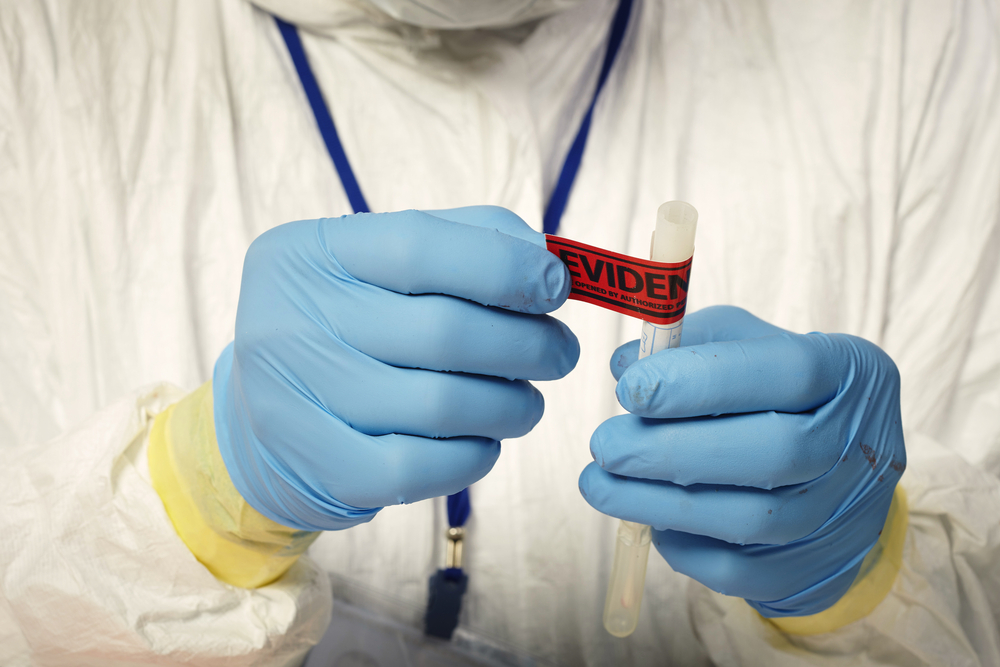The choice between Foam and Cotton swabs should be made based on the specific needs of the investigation, the type of evidence collected, and the expertise of the forensic examiner and technicians collecting the evidence.
Cotton swabs are often used for cost savings without being aware of the true cost of inefficient evidence collection.
Validating critical first-step components contributes to the success of sampling procedures and laboratory methods. With the rise in hand-held PCR testing devices, using consistent swabs designed for the sample collection improves results and judicial outcomes. Few studies have been published addressing distinctions among collection materials. This article will bring out influencing factors to consider.
Swab construction – Foam swabs offer the user flexibility in designing a swab compatible with the substance being tested. You can increase the absorption and release rates with foam and can specify the type of swab head to test different surfaces and smaller areas.
Risk of contamination – Foam used in forensic swabs is designed to be non-linting. Cotton lint can negatively affect results and invalidate the evidence.
Versatility – Because of its high retention rates, foam is a valuable tool for collecting trace evidence in addition to DNA from surfaces, bodies, and other objects.
Preservation – The porous nature of foam allows for optional absorption and retention, ensuring its viability for subsequent lab analysis.
There can be quite a bit of variability in successful forensic testing due to the experience of the technician collecting the evidence and the expertise of the forensic examiner. The reliability and sterility of foam can lead to more consistent results. Examiners may find different swabs are better suited to different types of evidence collection, which can also lead to more consistent results.
Nuances in collection techniques are also important. Using proper techniques maximizes the collection efficiency and minimizes the risk of contamination.
As each forensic case is unique, evidence collection may need to be modified to produce accurate results. Factors to be considered include the type of evidence, the location of the sample, and the resources to determine the most appropriate swab type.
Quality control and validation should follow established protocols such as documentation of procedures and chain of custody. Quality control errors can have a negative impact on admissibility in court cases.
The recent availability of portable hand-held devices for field use increases the ability to choose the correct collection swab. Swabs are designed and validated for hand-held devices to improve outcomes. There are pros and cons to the devices as well.
The pros include:
- Real-time analysis of evidence
- Convenient and portable
- Eliminates the need for laboratory analysis
- Minimizes destruction of samples during shipping
- Minimizes time needed to prepare samples in the field
- Preservation of sample for further analysis
The cons include:
- Fewer capabilities than laboratory equipment
- Training and expertise of technicians can lead to misinterpretation of data
- May be less accurate than more sophisticated lab equipment
- Some types of evidence may not be compatible with the device
- Initial cost and cost of maintaining equipment
It seems there are still some unmet needs and factors to consider in the best service for the forensics industry and the collection of critical evidence. As the ability to analyze evidence has changed dramatically in the last ten to twenty years, there may be considerable room for improvement of the most commonly used forensic collection tool, according to an April 2022 study published in Forensic Science International.
Foamtec Medical is a technical foam manufacturer and fabricator. We develop product-specific foams that can help solve the problems of surface and substance of the specimen collection process. Call us today for custom-designed swabs for your collection kits.



